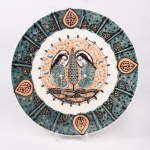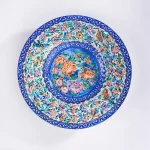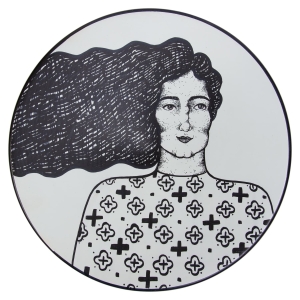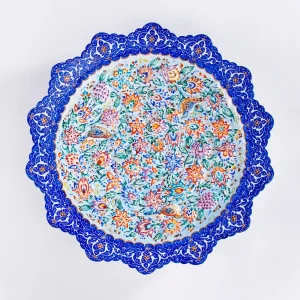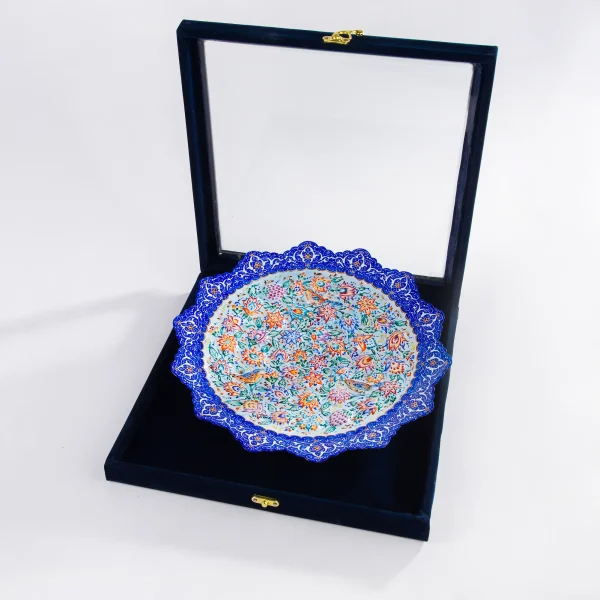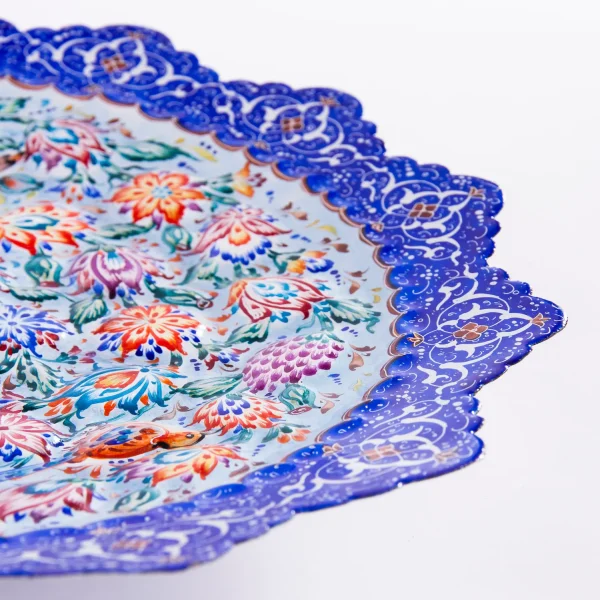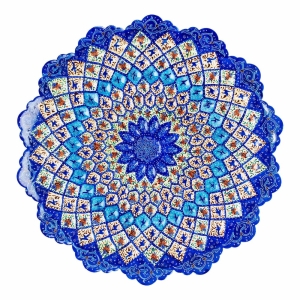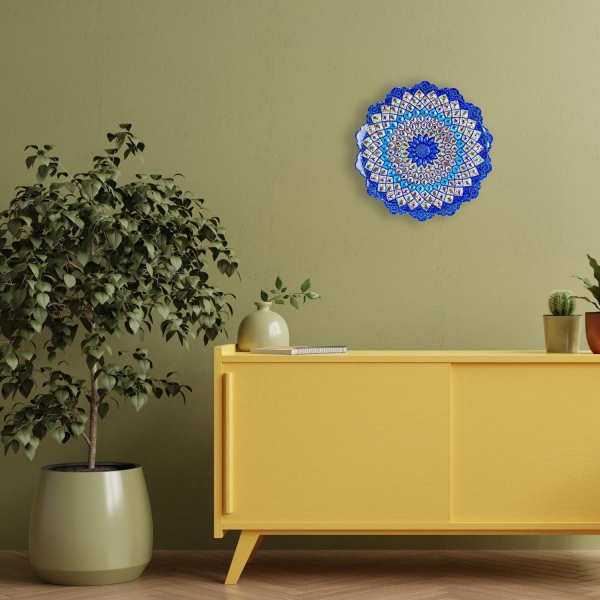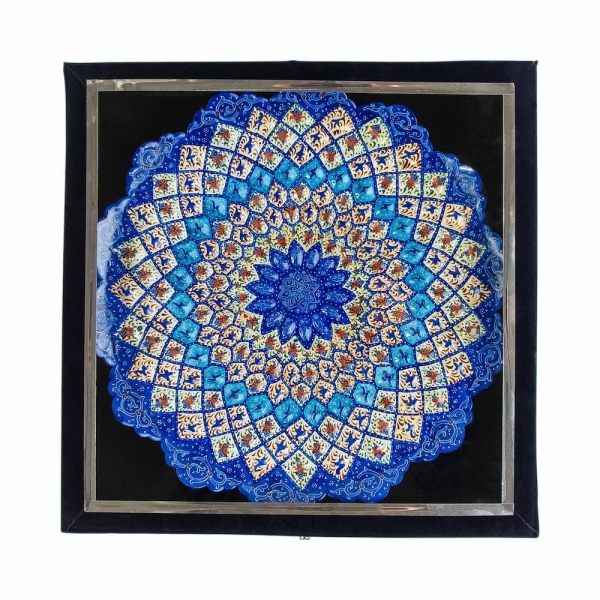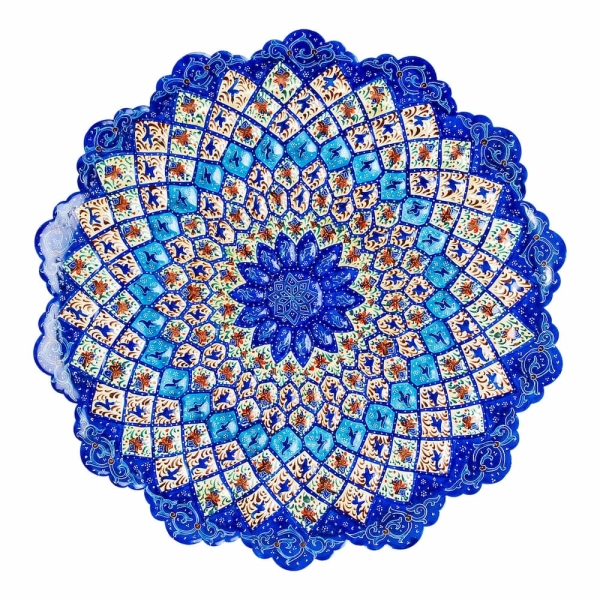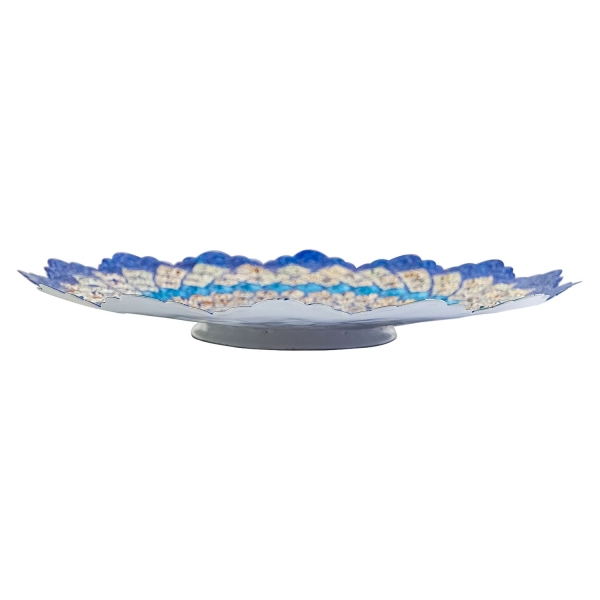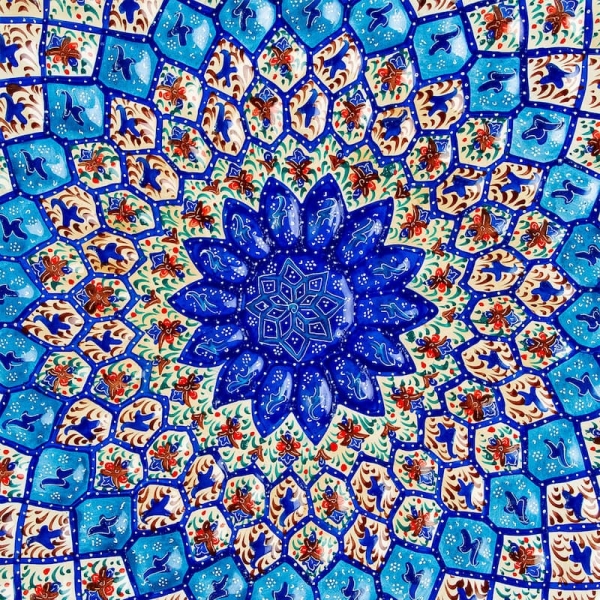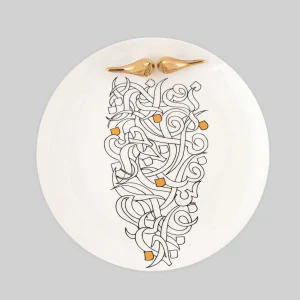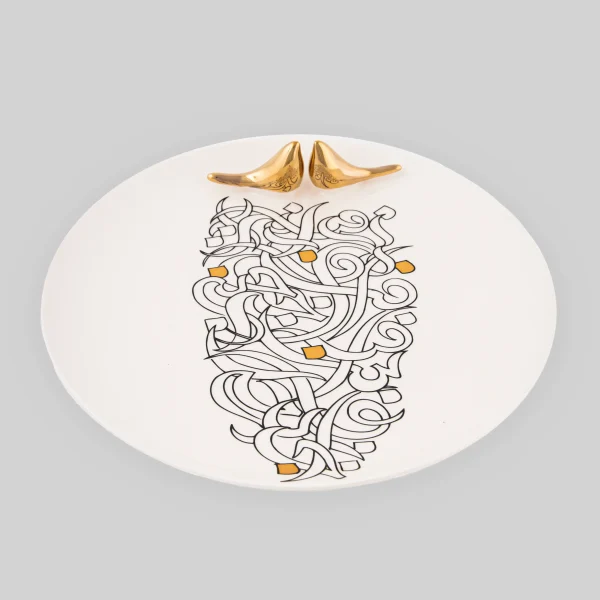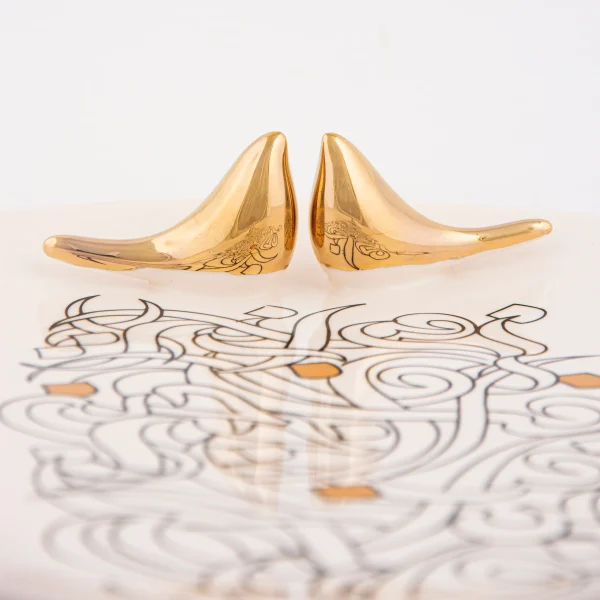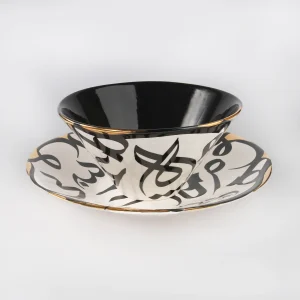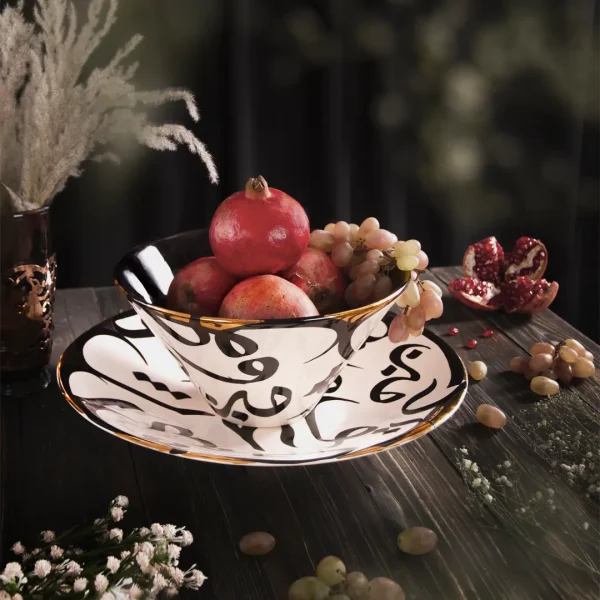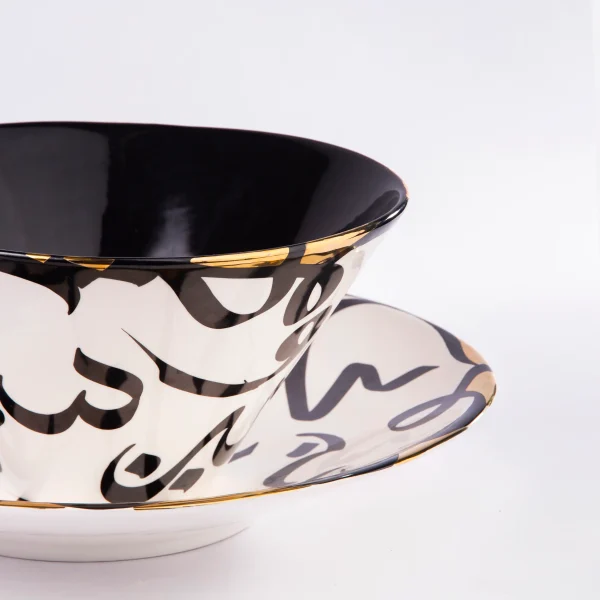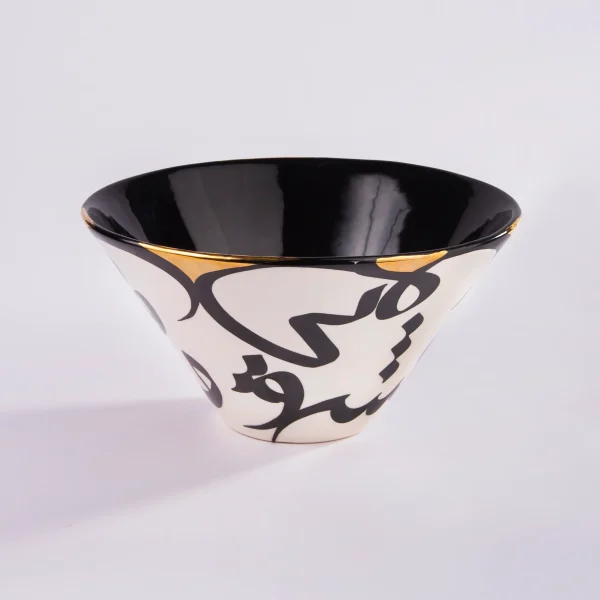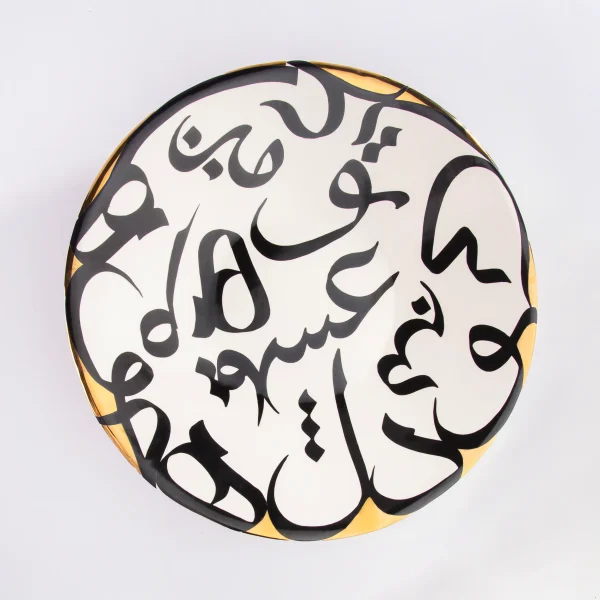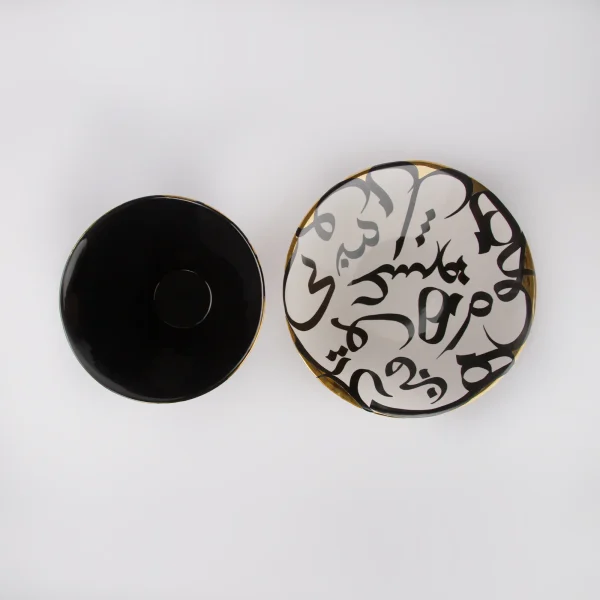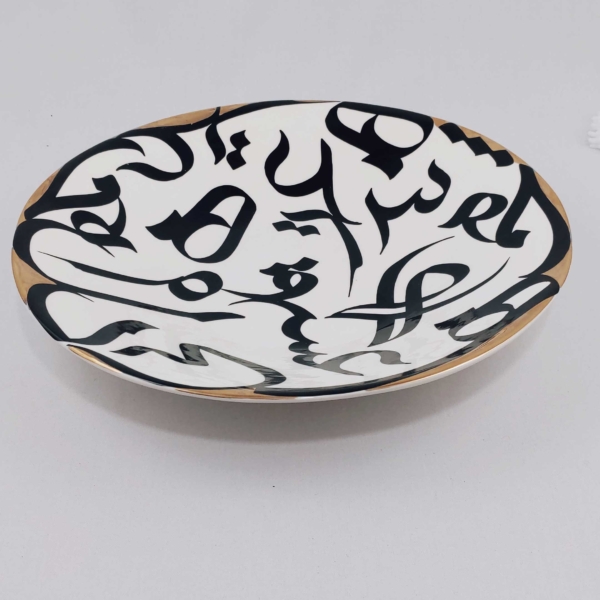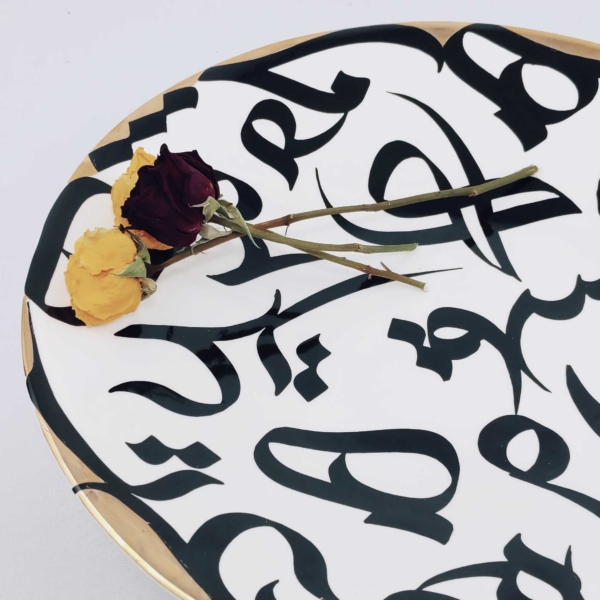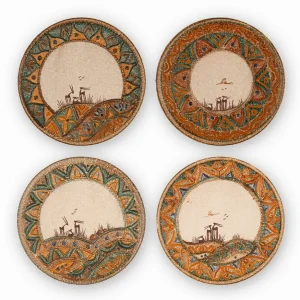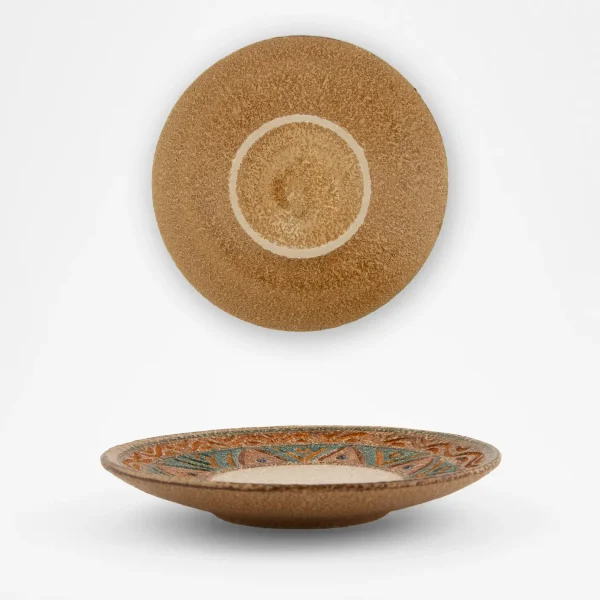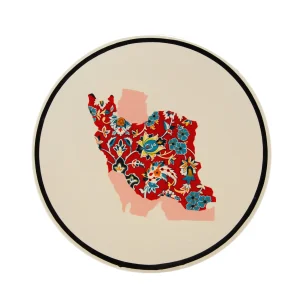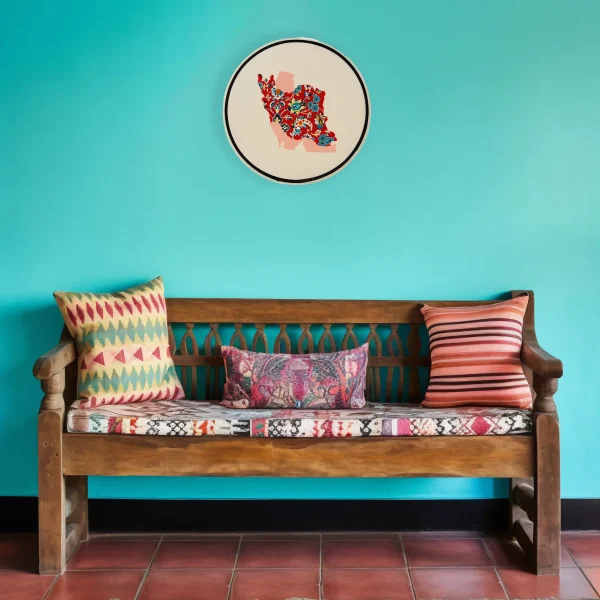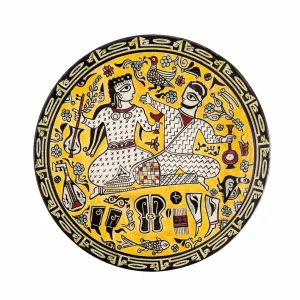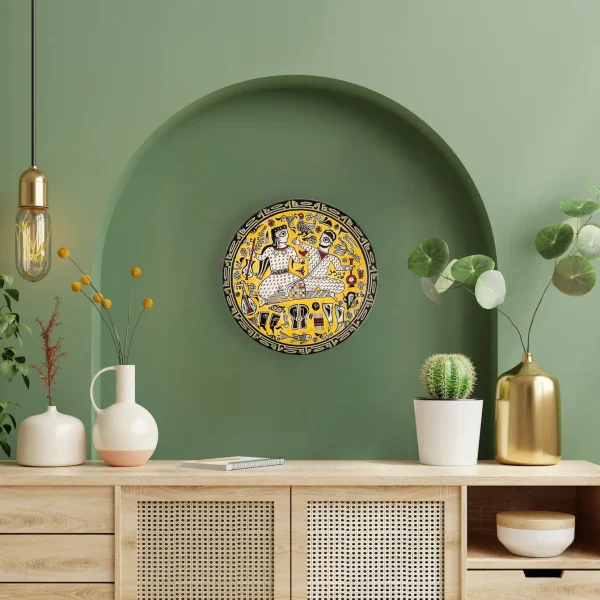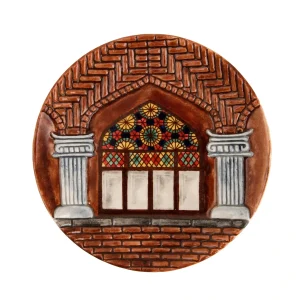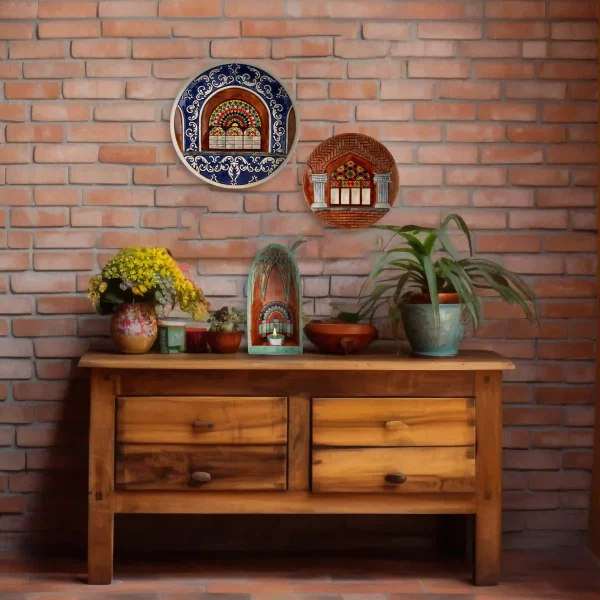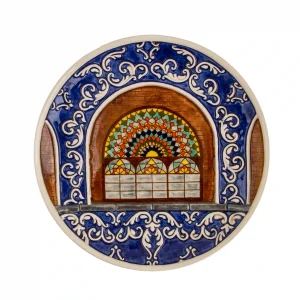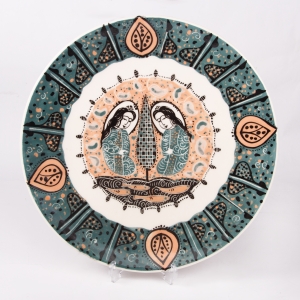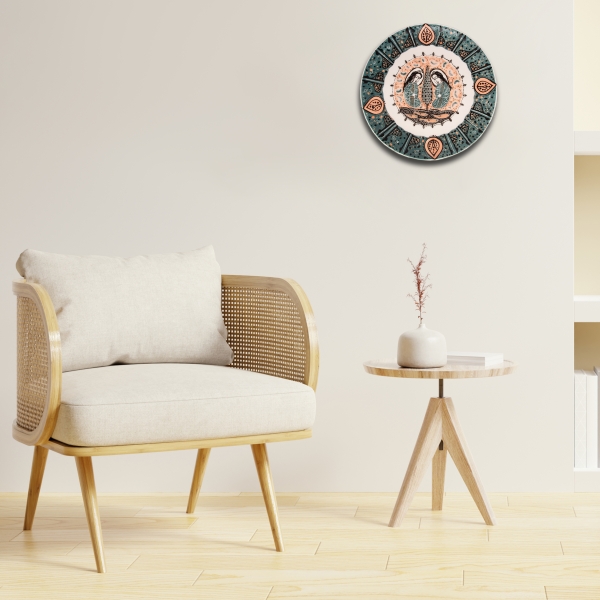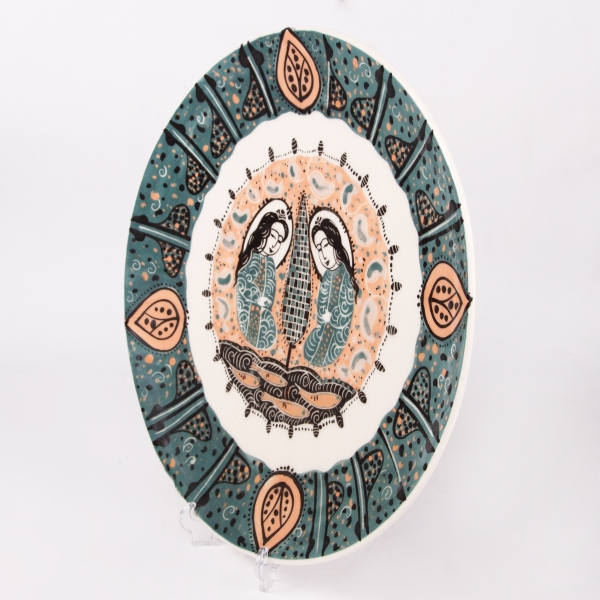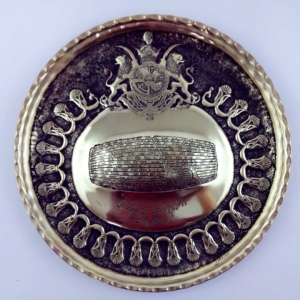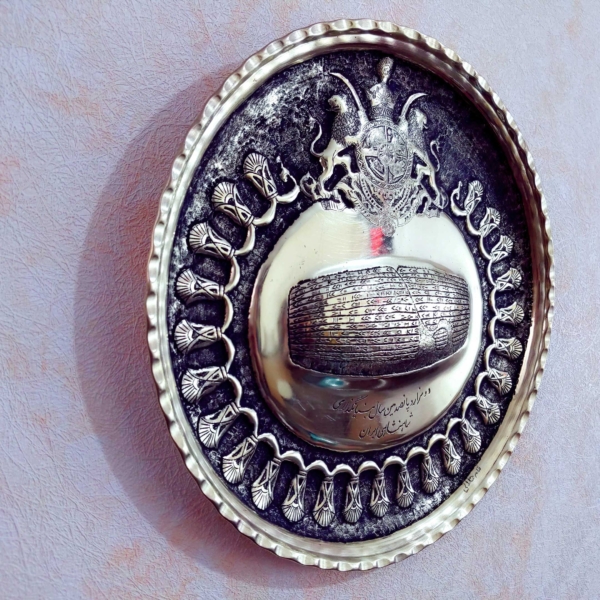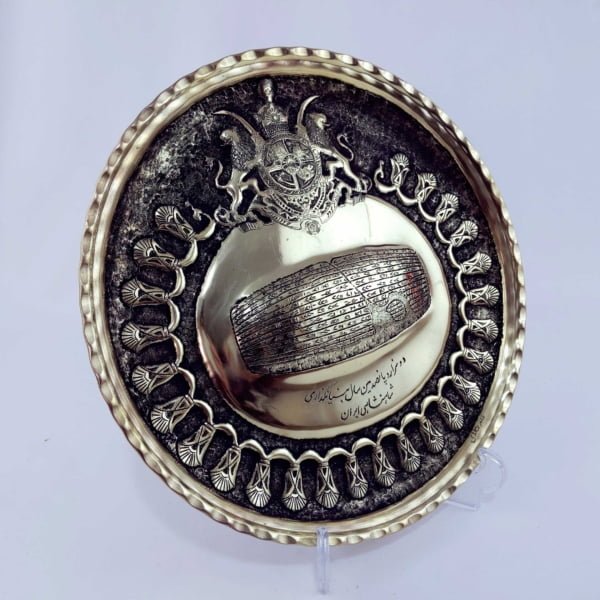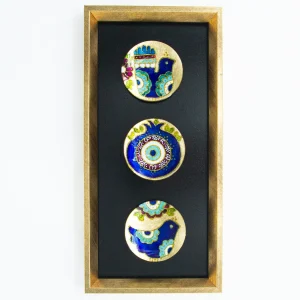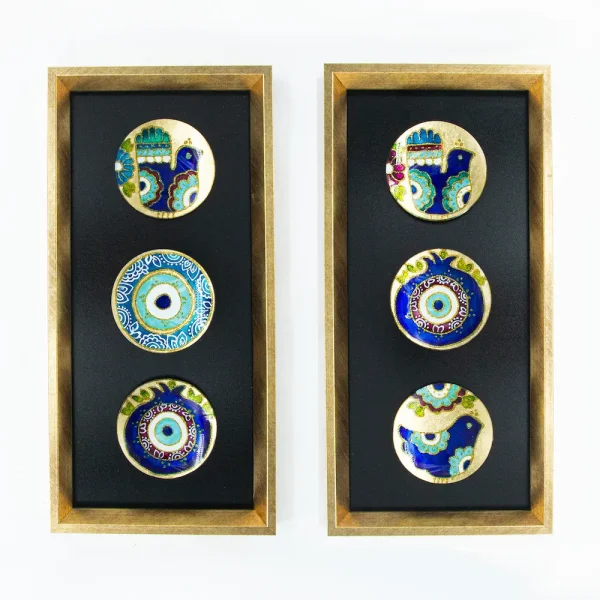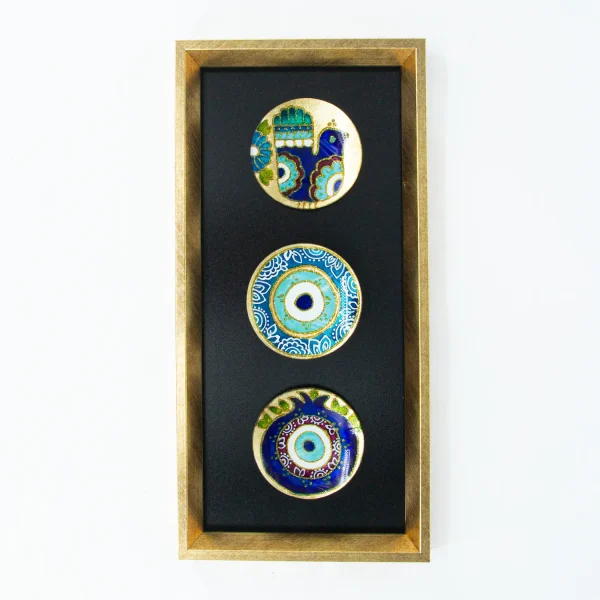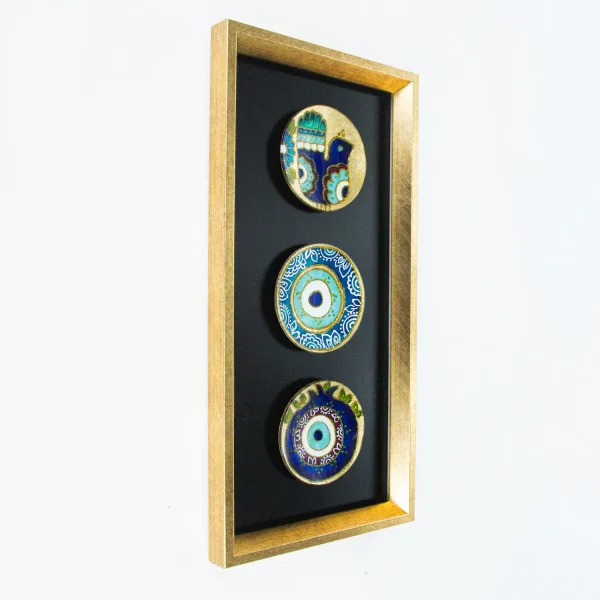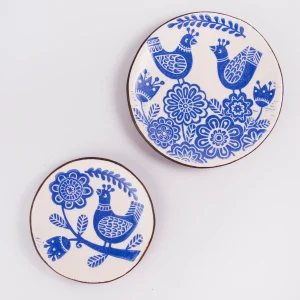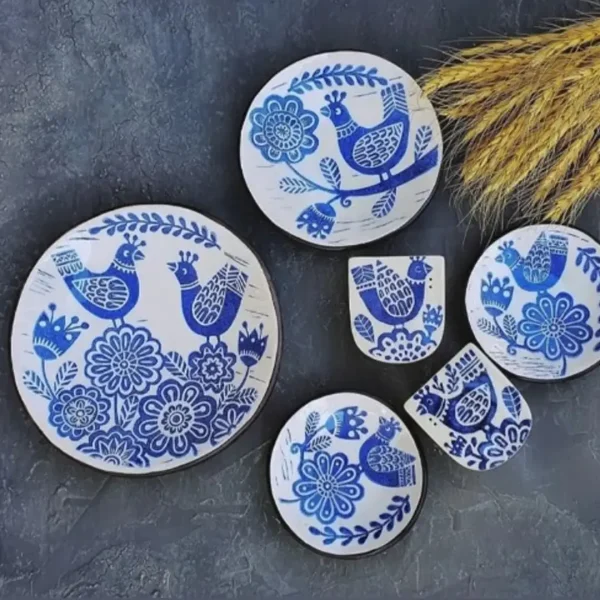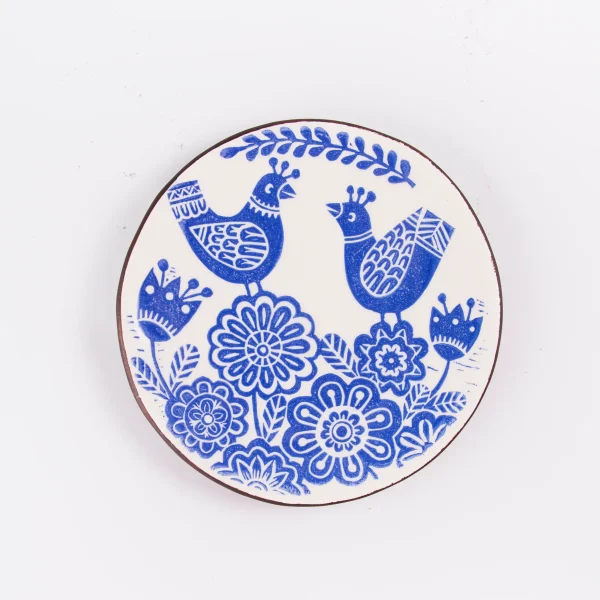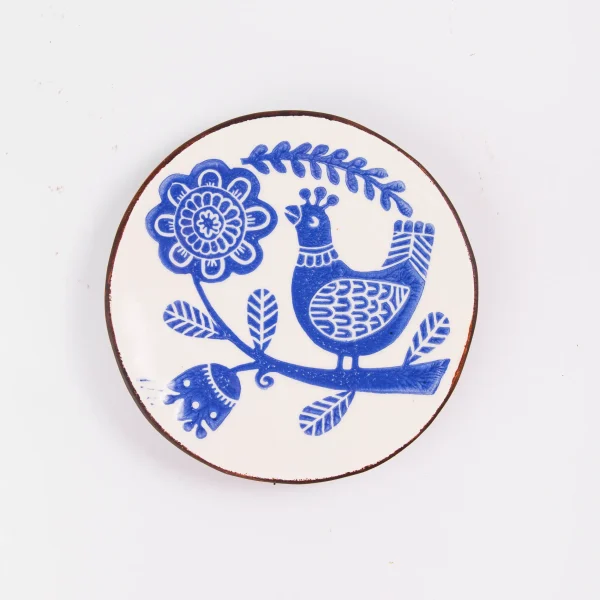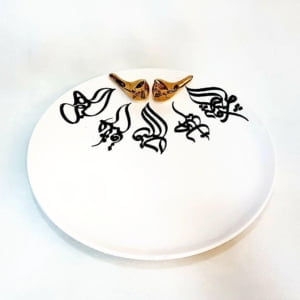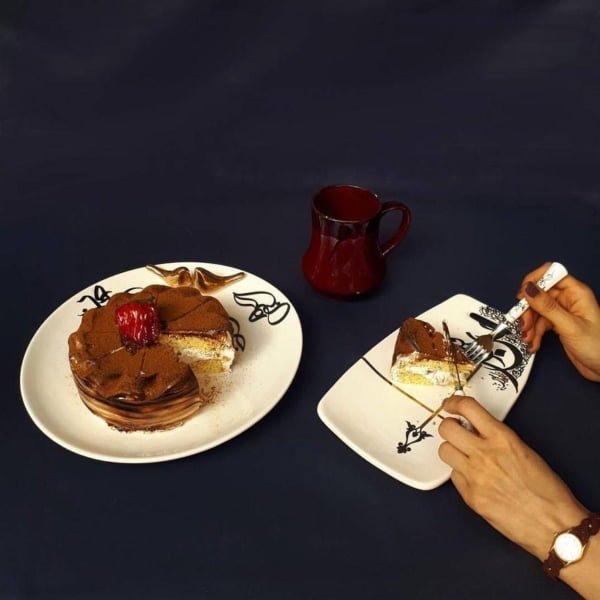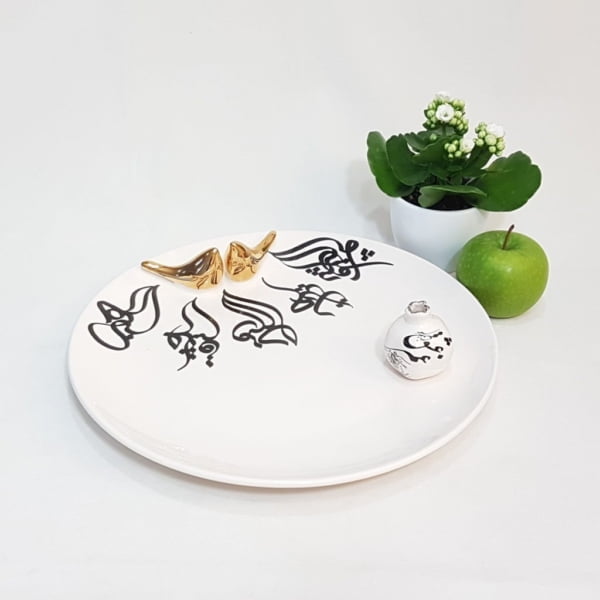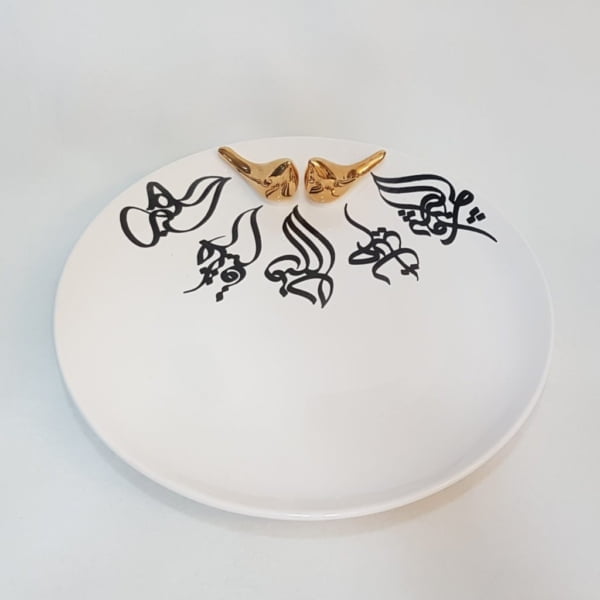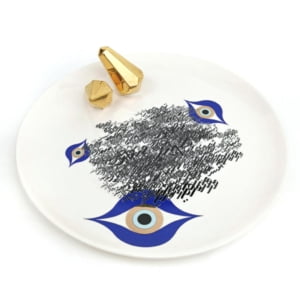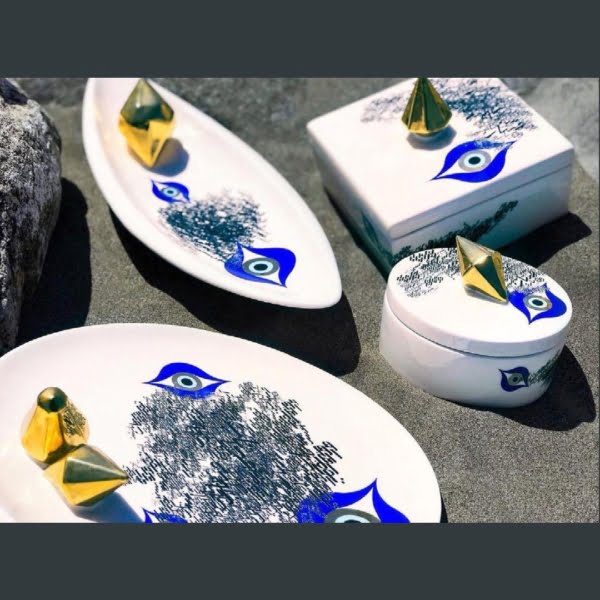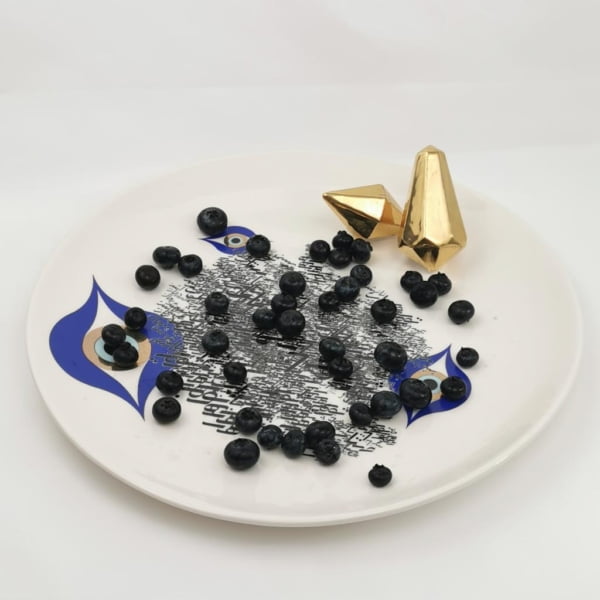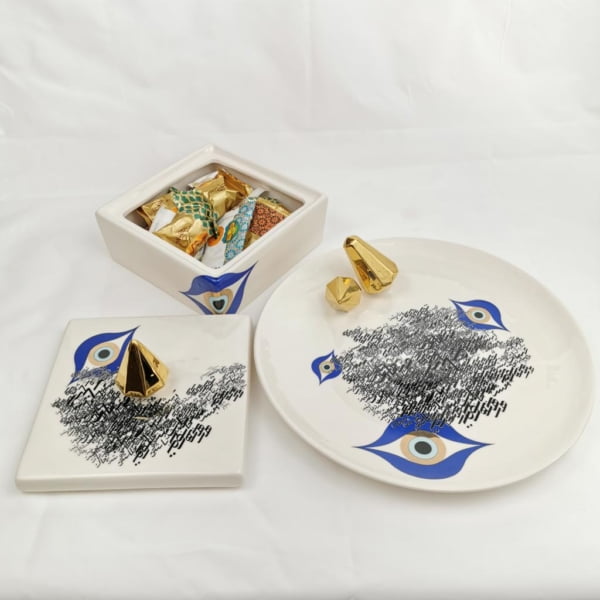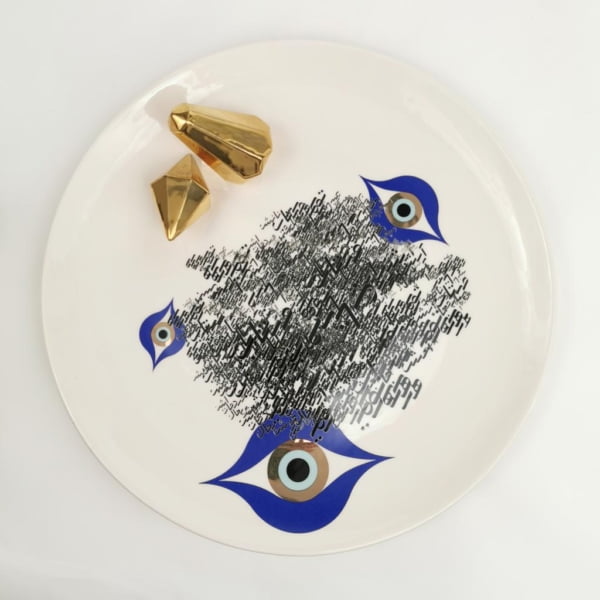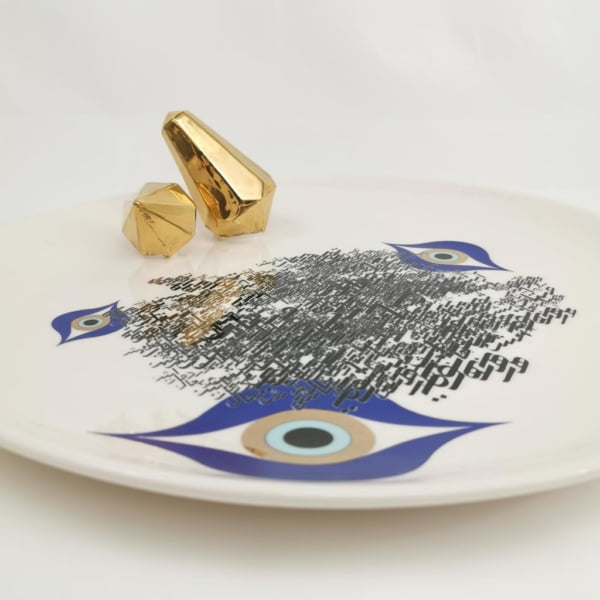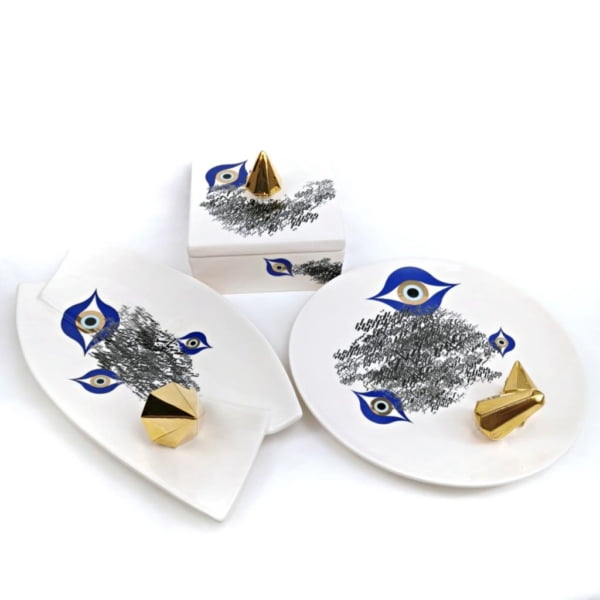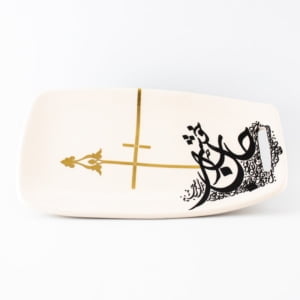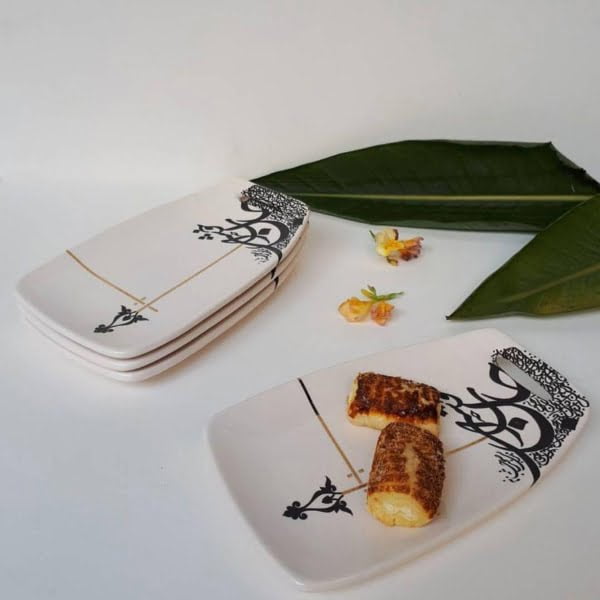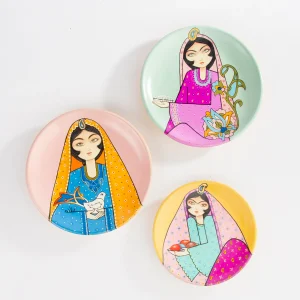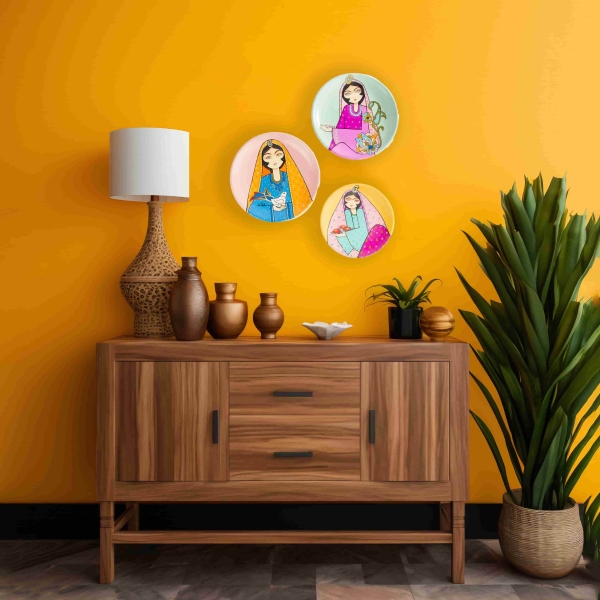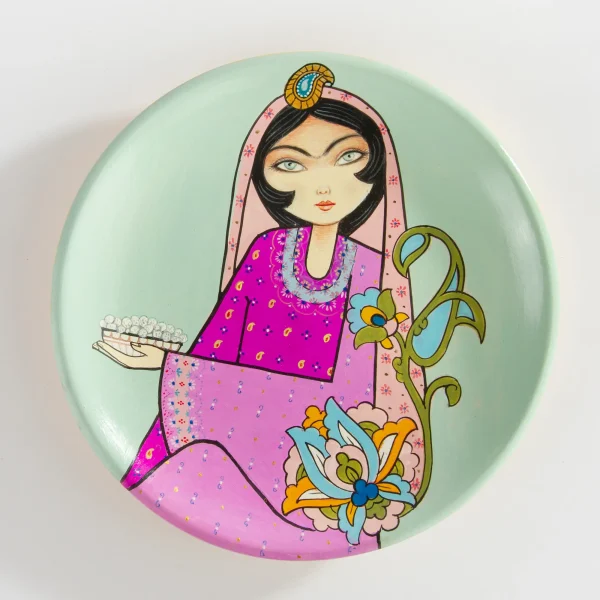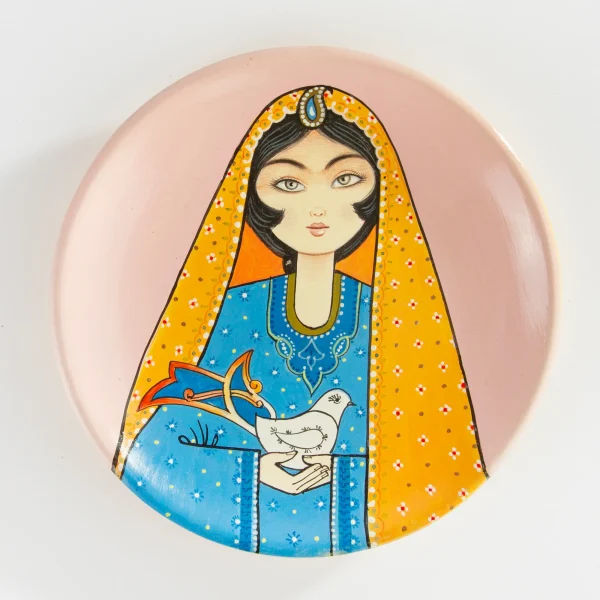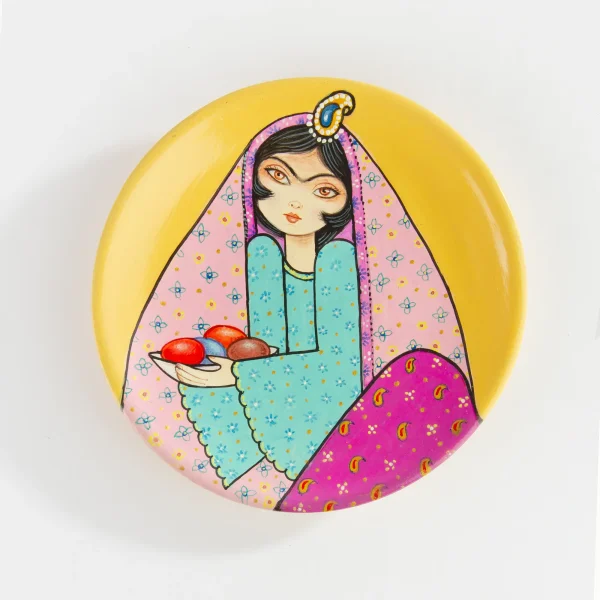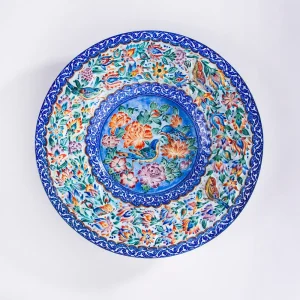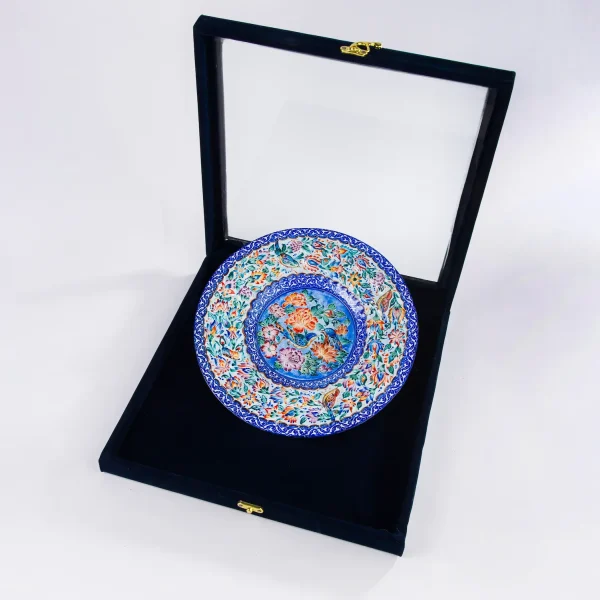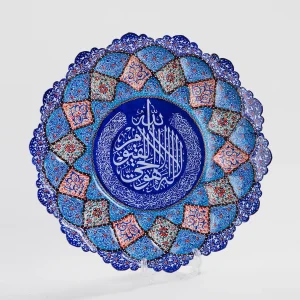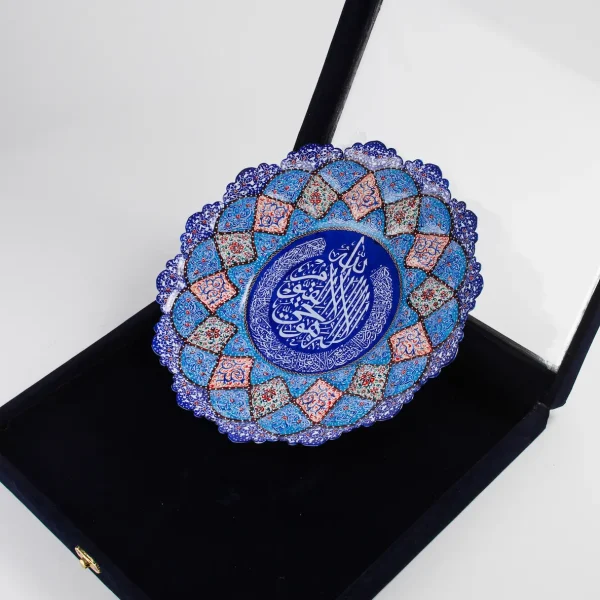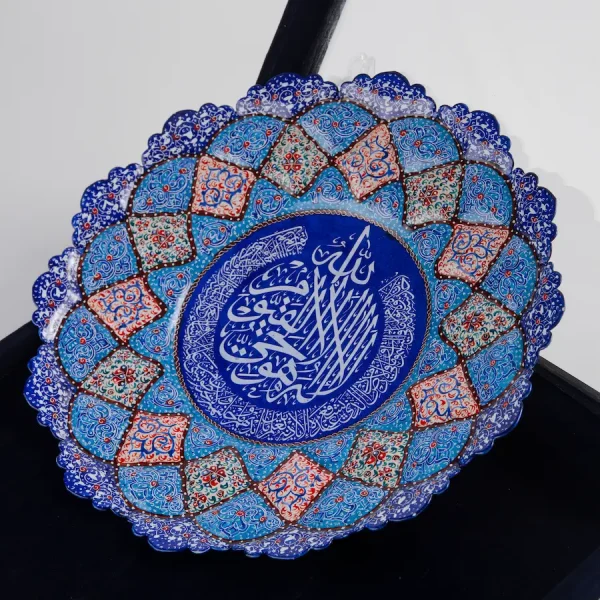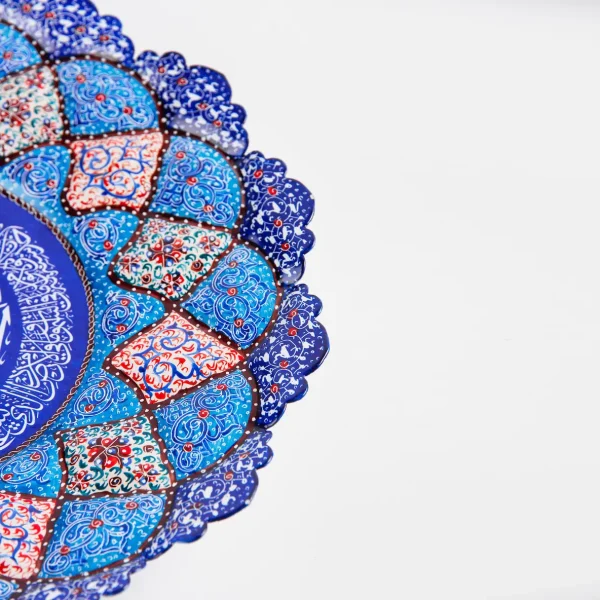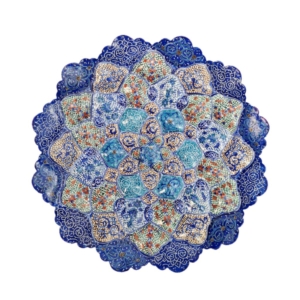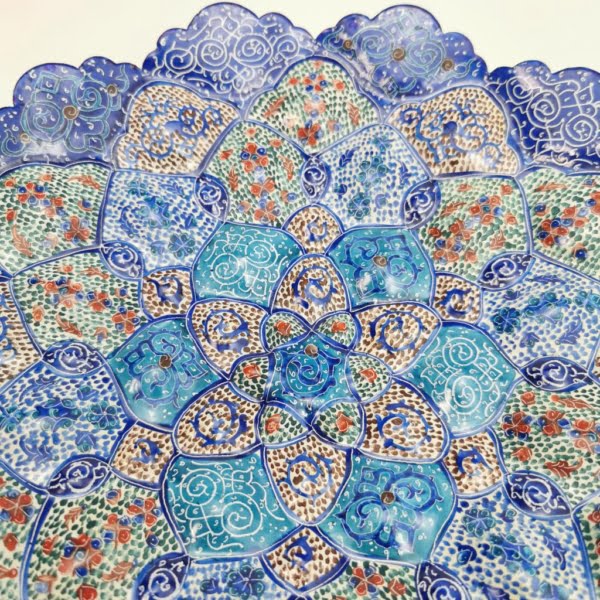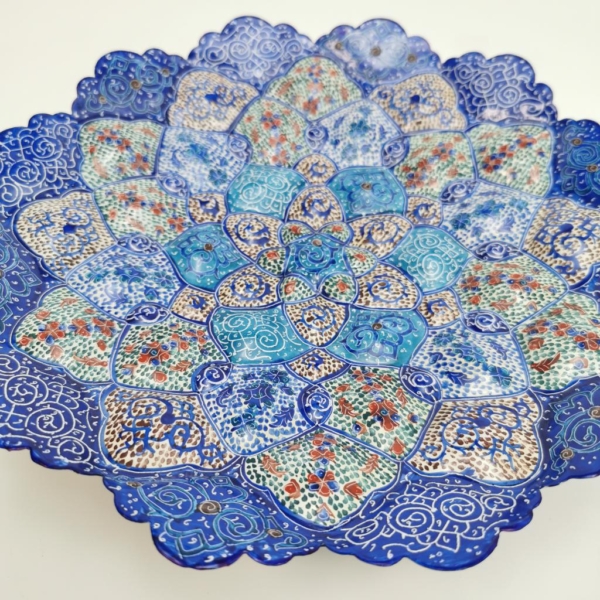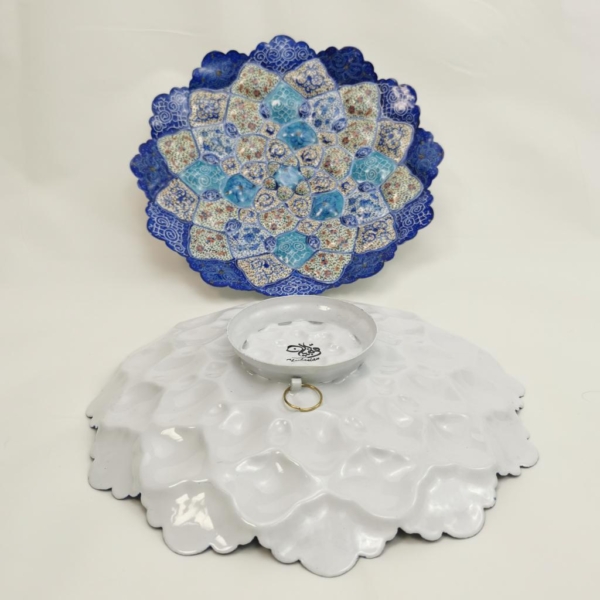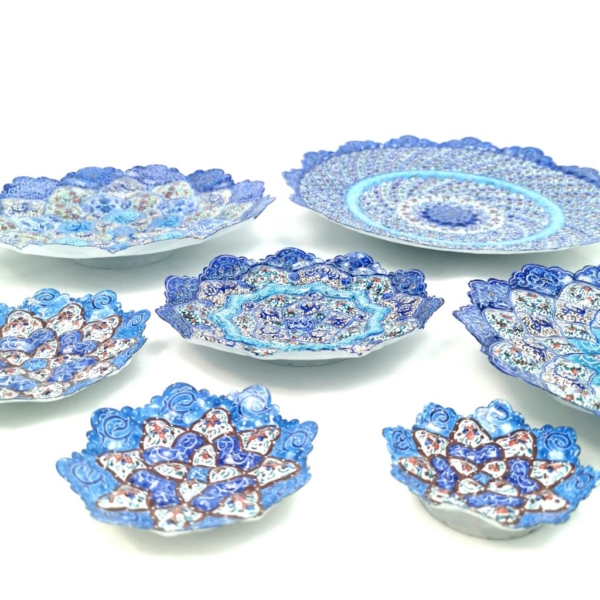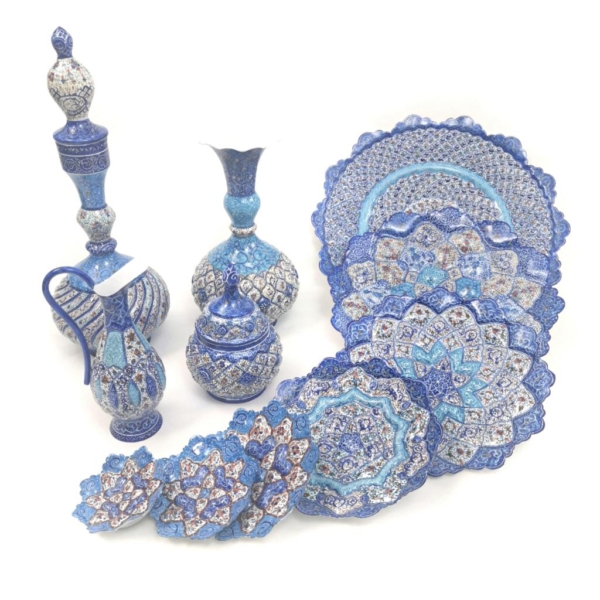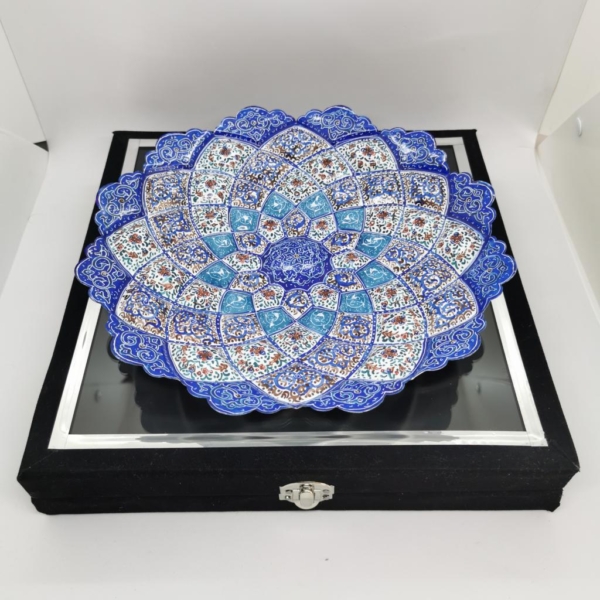Decorative Plates
Persian Decorative Plates are stunning pieces of art that beautifully combine functionality with cultural heritage. Handcrafted by skilled artisans, these plates showcase intricate designs and timeless Persian motifs.
Hand-Painted Calligraphy Ceramic Dish Set – Calligraphy Design Plate and Bowl
$47.36 – $76.80Select options This product has multiple variants. The options may be chosen on the product pageGol o Morgh Design Handmade Ceramic Plate Set of 4
$35.84 – $48.64Select options This product has multiple variants. The options may be chosen on the product pageThe Art of Persian Calligraphy on Decorative Plates: A Journey Through Timeless Craftsmanship
Persian calligraphy is a beautiful and revered art form that has transcended time, influencing the creation of stunning decorative plates. These plates are not just functional items but carry the soul of Persian culture, weaving together history, art, and tradition. Whether used for wall decor, table settings, or special occasions, Persian decorative plates bring an unparalleled sense of elegance and cultural depth to any space.
Decorative Plates: The Fusion of Art and Function
Decorative plates have been a part of Persian artistry for centuries. Crafted from various materials such as ceramic, metal, and glass, these plates serve as both artistic masterpieces and functional items. Their intricate designs, often inspired by Persian calligraphy, floral motifs, and historical scenes, elevate their aesthetic value and make them ideal for home decor. Whether you’re looking for decorative plates for wall hanging, vintage plates for sale, or modern decorative wall plates, the variety is endless.
Handcrafted Beauty in Persian Plates
Persian decorative plates, especially Minakari plates, are renowned for their hand-painted beauty. Artists use delicate brushes to apply vibrant colors and intricate designs, turning each plate into a work of art. This technique is especially popular in creating Persian decorative plates that depict ancient Persian history, mythology, and poetry. The rich cultural symbolism makes these plates not just decorative pieces but also reflections of Iran’s artistic heritage.
Decorative Plates for Display and Daily Use
Persian plates are perfect for both wall and table displays. Decorative plates for display come in a wide range of sizes, from small, delicate pieces to large decorative plates for walls that serve as the centerpiece of a room. These plates, whether vintage or contemporary, can transform a living space with their intricate craftsmanship and bold designs. Persian hand-painted plates, in particular, offer a vintage charm that evokes a sense of nostalgia and cultural pride.
Exploring the Different Types of Persian Decorative Plates
The beauty of Persian decorative plates lies in their diversity. From decorative plates for weddings to decorative plates for table use, each piece brings its own story. Persian artists have mastered various techniques such as engraving, painting, and printing, making every plate unique.
Minakari Plates: An Artistic Masterpiece
Minakari plates are a prime example of Persian craftsmanship. These plates feature intricate enamel work, often showcasing floral and geometric designs in vibrant hues of blue, red, and gold. The painstaking process of creating these Persian decorative plates involves multiple layers of enamel and meticulous attention to detail. These plates are not only used as decorative plates for wall living rooms but also as meaningful gifts, symbolizing the artistic heritage of Iran.
Ceramic and Hand-Painted Plates: Traditional Meets Modern
Handcrafted ceramic plates are another iconic part of Persian decor. These plates, often adorned with Persian love wall plate designs or famous Persian poetry, blend traditional craftsmanship with modern aesthetics. The use of natural colors and calligraphy on these decorative plates for walls adds a touch of elegance to any space, making them perfect for both traditional and modern homes.
For those looking to add a contemporary twist to their home decor, modern decorative wall plates offer sleek designs with a nod to Persian artistry. These plates come in minimalist patterns that suit modern interiors while maintaining the essence of Persian culture.
Decorative Wall Plates for Kitchens and Living Rooms
Decorative plates also find their place in kitchens and living rooms. Decorative wall plates for kitchens often feature Persian motifs, such as birds, flowers, or geometric patterns, bringing a lively atmosphere to culinary spaces. For living rooms, large decorative plates for walls or vintage plates for sale can serve as bold statement pieces, adding texture and color to otherwise plain walls.
The Value of Persian Decorative Plates: A Collector’s Dream
Persian decorative plates are not only admired for their beauty but also cherished for their historical and cultural value. These plates, especially those with Persian calligraphy or gold-inscribed poetry, hold significant artistic and monetary value, making them a coveted item among collectors. Owning a Persian hand-painted plate or a vintage plate for sale is like possessing a piece of history, where every brushstroke and design carries centuries of tradition.
Decorative Plates for Special Occasions
Persian plates are also widely used for special occasions like weddings and family gatherings. Decorative plates for weddings often feature intricate designs and gold detailing, symbolizing good fortune and prosperity. These plates are not just decorative items but also meaningful keepsakes that can be passed down through generations.
Investing in Quality and Craftsmanship
The craftsmanship behind Persian decorative plates makes them highly valuable, both as artistic pieces and as cultural artifacts. Whether it’s a decorative plate for the living room or a decorative wall plate for the kitchen, the value lies in the unique blend of artistic creativity and cultural storytelling that each plate represents.
Persian decorative plates, with their vibrant colors, intricate designs, and rich symbolism, are more than just items of decor—they are artistic treasures that reflect centuries of Persian heritage. Whether you are looking to add a cultural touch to your home or searching for the perfect gift, these plates offer timeless beauty and value.
Decorative Plates FAQs :
- What are Persian decorative plates made of?
Persian decorative plates are typically made from materials like ceramics, copper, brass, or metal, often adorned with intricate hand-painted or engraved designs. - Can Persian plates be used for everyday dining?
While some Persian plates are suitable for serving, most are designed for display or decorative purposes due to their delicate artistry and craftsmanship. - Do you offer international shipping for Persian decorative plates?
Yes, we provide guaranteed worldwide delivery for all our Persian decorative plates. - Are there different styles of Persian decorative plates?
Yes, we offer a range of styles, including vintage decorative plates, modern wall plates, Minakari plates, and hand-painted plates. - What is a Minakari plate?
Minakari plates are a form of Persian enamelwork, where intricate designs are painted onto metal and then fired, resulting in vibrant and durable decorative pieces. - How can I hang decorative plates on the wall?
Most of our decorative plates come with wall hooks or can easily be mounted with plate hangers, making them perfect for wall living room décor. - Do you sell vintage Persian plates?
Yes, we offer a curated selection of vintage plates for sale, each one reflecting the timeless beauty of Persian craftsmanship. - What makes Persian plates unique?
Persian plates stand out for their blend of historical motifs, intricate calligraphy, and hand-painted designs, making each plate a work of art. - Can I use decorative plates for wedding décor?
Persian decorative plates are a popular choice for wedding gifts and can also be used as elegant centerpieces for weddings and other special events. - How can I tell if a decorative plate is authentic Persian craftsmanship?
Authentic Persian plates are typically handcrafted, featuring detailed designs and traditional Persian motifs. They often use natural materials and techniques like Minakari or hand-painting, with each piece showing unique imperfections and high-quality artistry.






